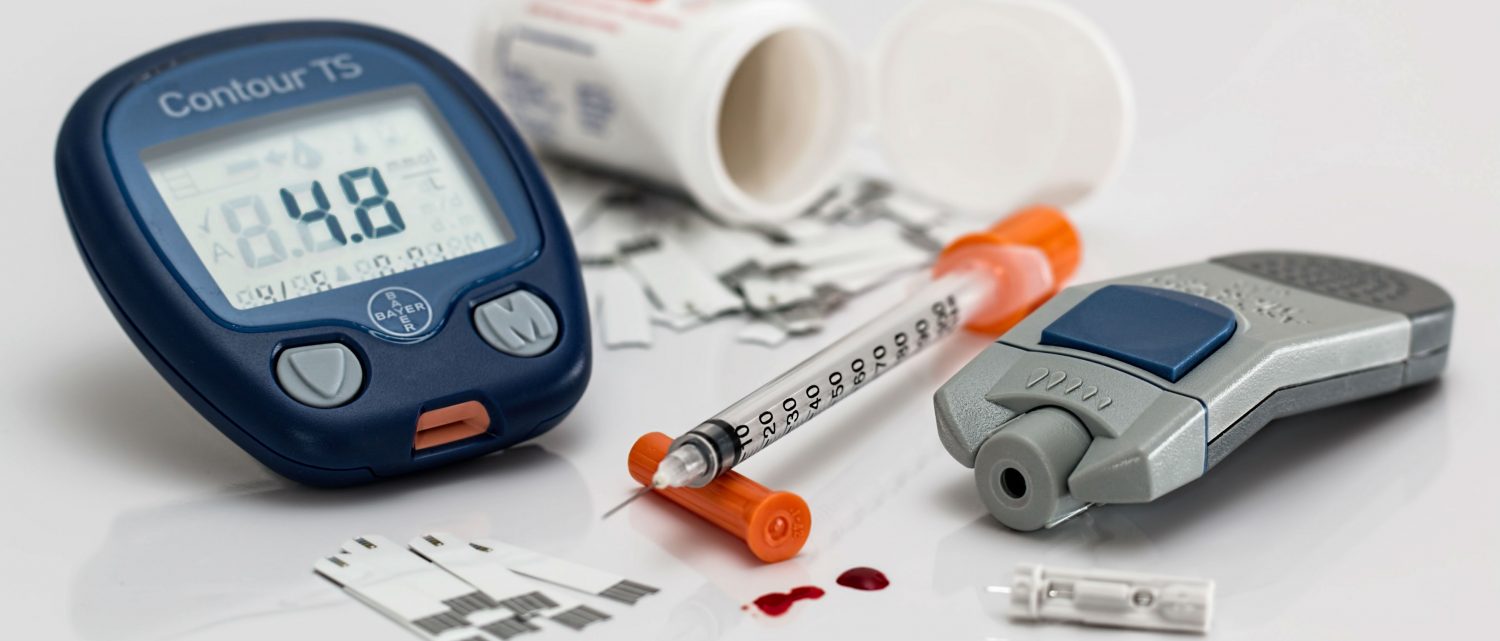What can I do to keep my cat’s blood glucose levels stable that just started taking insulin?
Original Question: My cat is currently on Lantus 2 units, twice per day. The vets in my area seem to all be of the same mindset that it’s okay to keep a cat in the 250 range (we've visited 4 different vets). I've read enough to know that remission will be almost impossible with those numbers not to mention it puts her at risk for kidney issues. I don't care so much if she goes into remission but I'm really concerned about her kidneys. I test her at home very often so I can kind of see what she will do with any given dose. My question is should I be concerned with giving her a full the dose when she’s at 5 mmol/L. I know Lantus is deposit insulin so each shot builds on the other so I'm concerned with the overlap. She had a reading of 5.9 the other night so I skipped her shot and she ended up being 25.8 the following morning so I’m aware she should have had some but partial dose or full dose? I've included her spreadsheet to give you a glimpse into her numbers. - Holly
 Jun 8, 2017
Jun 8, 2017
Hi Holly,
Thanks for your question.
I have to start by making the statement that this type of case does take a medical professional to really spend time with you and your pet to fine-tune this treatment and I won’t be able to do that. Hopefully I can just give you some guidance.
Lantus, also known as Glargine, is insulin that has a great track record for producing remission in diabetic cats when they first go on it. When you start on Glargine, it typically does not work immediately because it is not short acting insulin. It can take up to two or three weeks before you see the blood sugar regulated effectively. So my first recommendation would be to stick with it for another week or two and do a couple more blood glucose curves and see how they work out.
There are two things I believe are occurring here that we should work on.
- Consistency. It’s really important that when you select a dose of insulin that you be as consistent as possible on it. If you perform a blood glucose reading and then decide to not give the insulin dose, then you’ll end up creating a yo-yo effect in the patient. They become really hard to regulate. I also want you to not be so reactionary to a single blood glucose reading. If you find that the blood sugar is at the lower end, I would still recommend that you give the insulin, but just do it after you provide a meal. This is really important. If you’re not consistent with your insulin, then regulating a patient will become a tremendously difficult task.
- Perform proper blood glucose curves. In your spreadsheet, it looks like you are taking random blood glucose readings 1-2 times a day. A proper blood glucose curve needs to be performed by collecting a reading every 4 hours for 1-2 days. This is vital to track and trend the pattern of the blood glucose readings and determine the average, or lowest point that the blood sugar gets to. All that data you have sent me means very little because the tests are so scattered.
I will say that the readings you are getting are not good at all. In general, they are all extremely high. You want numbers within the 2-7 mmol/L range ideally. It’s okay if they go a little high from time to time, but it’s rare to even see a normal number in all of your readings.
So I would recommend that you select a dose that is a bit more appropriate. Give it consistently for 2 weeks. Then perform a proper blood glucose curve. Only after that is complete should you consider changing the insulin dose. Don’t over react to one blood glucose reading. Make sure that you are feeding a diabetic diet and not giving random treats that will spike the glucose from time to time. The key to good diabetic regulation is consistency.
I hope this helps. Thanks for your question and good luck.
Dr. Clayton Greenway
Disclaimer: healthcareforpets.com and its team of veterinarians and clinicians do not endorse any products, services, or recommended advice. All advice presented by our veterinarians, clinicians, tools, resources, etc is not meant to replace a regular physical exam and consultation with your primary veterinarian or other clinicians. We always encourage you to seek medical advice from your regular veterinarian.

